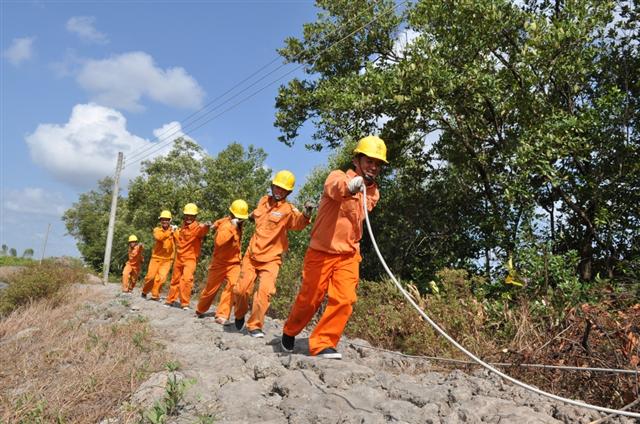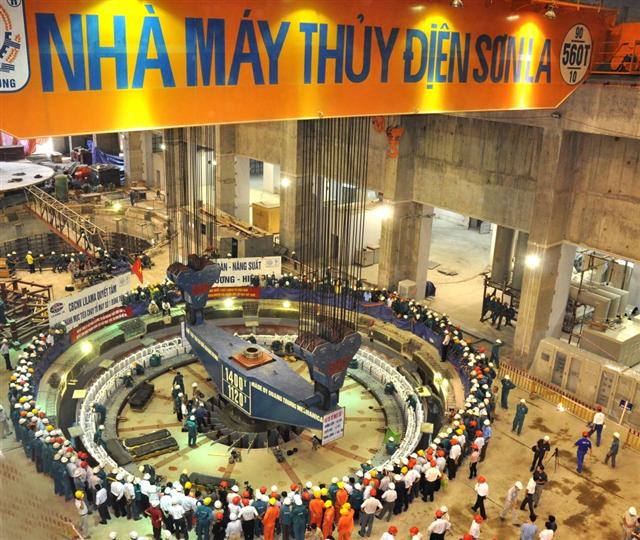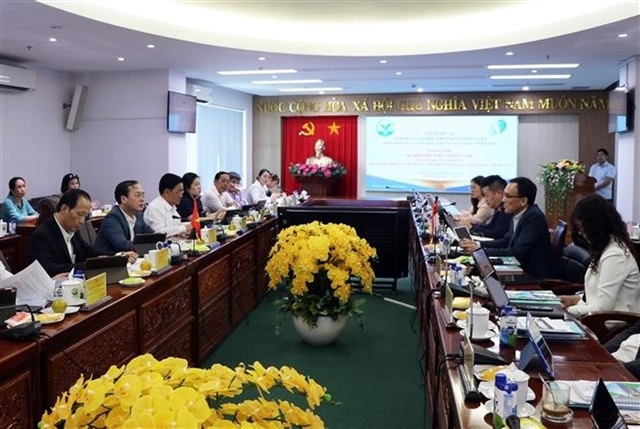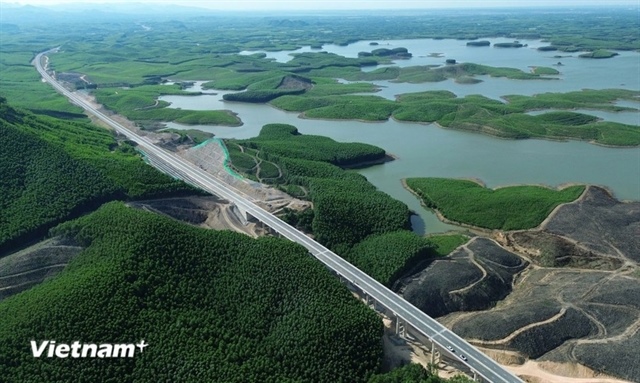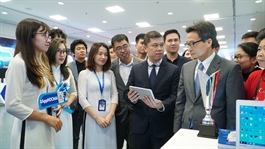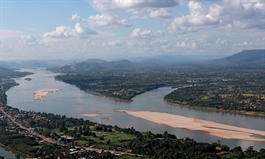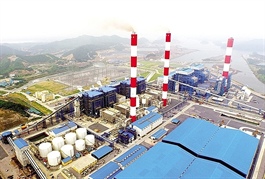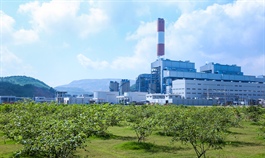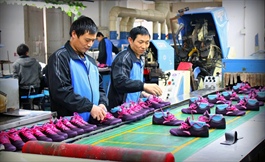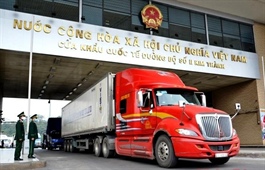Vietnam’s power industry: A tale of liberation, construction, modernity
Vietnam’s power industry: A tale of liberation, construction, modernity
On December 21, 1954, after taking back control of Hanoi from the French, President Ho Chi Minh visited the Bo Ho Lighting Factory in the capital. “This power plant now belongs to the people, and the government. It is yours. In the role of owners, you should preserve and further develop it,” said Uncle Ho, as his people called him. Since that day, December 21 is marked as the Traditional Day of the Vietnam power sector.
|
Overcoming difficulties
The history of Vietnam’s power industry is associated with the national liberation and construction movements, with the fight for civil and democratic rights and the war against poverty.
The past 66 years have been a difficult and challenging journey for the power sector, but also a proud one. From only five small-capacity thermal power plants, with a total capacity of 31.5 MW in 1954, by the end of 2020, Vietnam’s total installed power capacity has reached nearly 61,000 MW, ranking 23rd in the world in terms of power system scale.
Vietnam Electricity (EVN) was established by the government of Vietnam as a state-owned company in 1994, and has since been continuously expanding, building a series of hydroelectric and thermal power plants and transmission lines.
Not only connecting electricity to remote areas, the power sector has supplied electricity to 11 out of 12 island districts; and to all communes and wards with 99.54 percent of households connected to electricity, following the Party's and state policies on ensuring social and national security.
|
Pioneering in reform and modernization
Vietnam’s power industry has approached the world’s advanced levels in terms of science, technology and management, for example the application of gas turbine technology, the constructions of 500kV transmission lines and stations and a high-tech coal-fired power plant. So far, more than 700 transformer stations of the 220 kV and 110 kV power grid systems have been automated, and are controlled and operated remotely. These results, and the dramatic power loss reduction, even surpass those in more developed economies than Vietnam.
The achievements of EVN and the state’s other power companies have also contributed to the implementation of the new rural areas construction in the 2010-2019 period, with EVN awarded the First-Class Labor Medal by the Party and State.
In recent years, EVN has been rated as one of the leading state-owned enterprises (SOEs) in terms of information transparency. According to the World Bank's assessment, Vietnam’s Access to Electricity Index in 2019 continued to increase, reaching 27th out of 190 countries/economies and ranking 4th in the ASEAN region.
In recent years, EVN has continuously innovated its customer service. In December 2019, it provided 100 percent of online electricity services on the National Public Service Portal. In March 2020, EVN announced a new user friendly electricity bill format. And most recently, in early December 2020, EVN announced the launch of its Quick Response (QR) code application for power bill payments.


